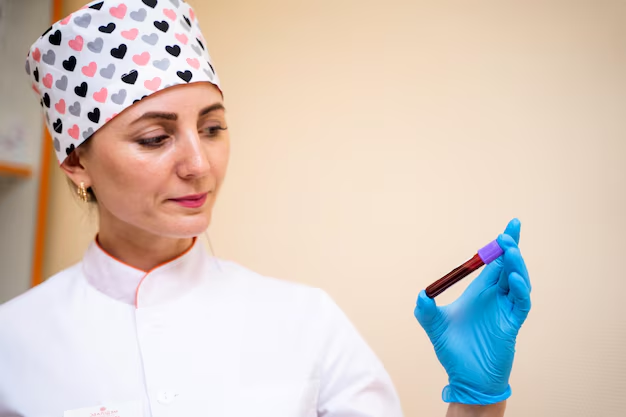How to Become a Phlebotomist in California: Education, Certifications, and Licenses
Pursuing a career as a phlebotomist in California is a promising endeavor in the healthcare industry, offering a valuable skill set and numerous opportunities. Becoming a phlebotomist in California requires specific training and certification to ensure proficiency and compliance with state regulations. While a formal degree is not mandatory, enrolling in an accredited phlebotomy training program lays a solid foundation for this career. These programs typically include coursework in anatomy, venipuncture techniques, and infection control, coupled with hands-on clinical experience.
California mandates that aspiring phlebotomists obtain one of three state-recognized certificates: Limited Phlebotomy Technician (LPT), Certified Phlebotomy Technician I (CPT I), or Certified Phlebotomy Technician II (CPT II). Each level demands a progressively higher education and practical training commitment. Additionally, national certification from agencies such as the National Phlebotomy Association (NPA) or the American Society for Clinical Pathology (ASCP) can enhance job prospects and underscore your dedication to maintaining high standards in phlebotomy practice. Exploring these pathways demonstrates both your commitment to quality care and your readiness to thrive in a healthcare setting.
Education and Certification Pathways to Becoming a Phlebotomist in California
- 📜 High School Diploma or GED: Required to enter phlebotomy programs
- 🎓 Accredited Phlebotomy Training Program: Provides necessary knowledge and skills
- 🏅 State Certification Options:
- Limited Phlebotomy Technician (LPT)
- Certified Phlebotomy Technician I (CPT I)
- Certified Phlebotomy Technician II (CPT II)
- 🌟 National Certification (enhances employability):
- National Phlebotomy Association (NPA)
- American Society for Clinical Pathology (ASCP)
